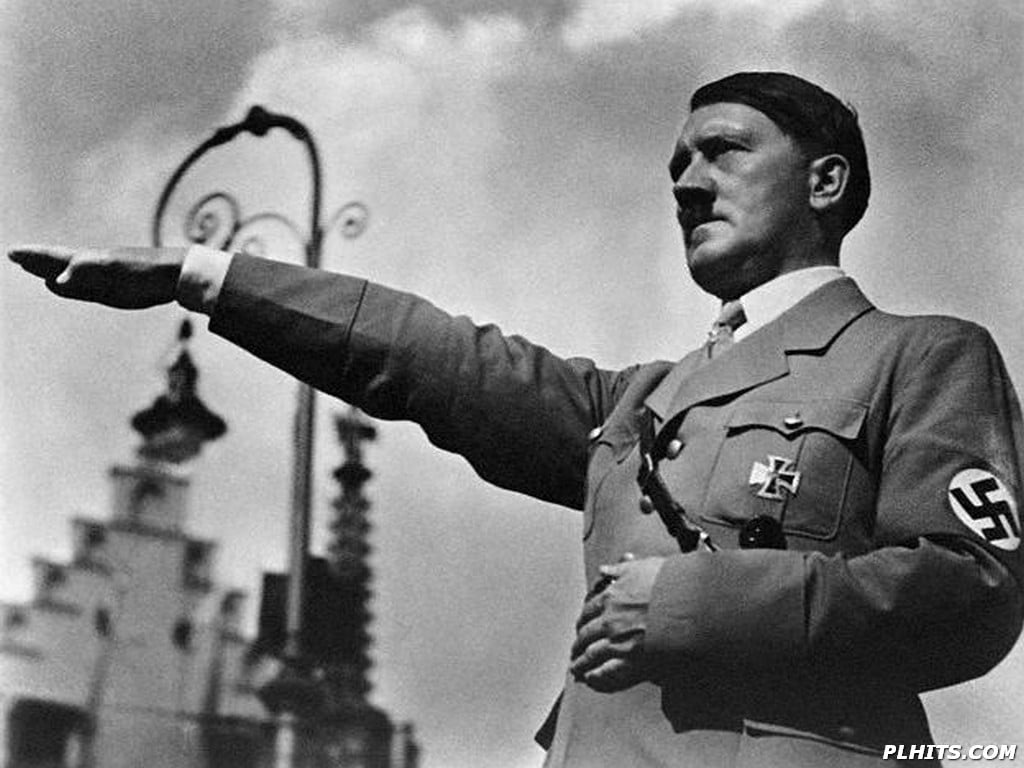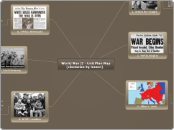World War II - Unit Plan Map
(clockwise by lesson)

1. Drives for Empire
1. Students will compare and analyze the German, Italian and Japanese actions prior to WWII.
2. Students will summarize and criticize the Rape of Nanking
3. Students will evaluate and critique the Stalin-Hitler Pact of 1939.
Acceptable Evidence: Students will fill out a chart that describes actions taken by Italy, Japan and Germany during the 1930s.
The teacher will give a lecture presentation on Drives for Empire by Italy, Japan and Germany.
Students will follow along with Guided Notes and fill out important names, dates and vocabulary.
Students will write and answer questions during the lecture and dicuss with the class events such as the Rape of Nanking and the Stalin-Hitler Pact of 1939.

2. WWII Begins
1. Students will define and identify appeasement and nonintervention.
2. Students will analyze and explain Europe's condition before WWII.
3. Students will analyze and explain the United States condition before WWII.
Acceptable Evidence: Students will read text and finish a graphic organizer about aggression and appeasement from coutnries before WWII.
The teacher will do pre-reading with the students to prepare them for the main idea.
Students will work individually on a graphic organizer while reading the assigned text.
Students will write down their own ideas in response to the aggression from Italy, Japan and the United States and hand them in before leaving class.

3. Allied v. Axis
1. Students will identify and locate the Allied and Axis powers on a map.
2. Students will describe and discuss the major turning points of the war and principal theaters of conflict, with emphasis on geographic factors.
3. Students will interpret resulting war conferences and political resolutions.
Acceptable Evidence: Students will participate in group discussions and finish a handout about the Yalta Conference Key Points.
The teacher will act as chariman and the students will play the roles of the coutnries. (U.S.A, Britain, U.S.S.R) Background knowledge and the Key Points of the Yalta Conference will be discussed by the teacher.
Students will be broken up into groups and circle which key points affects their particular country and share them with the class.
Students will have group discussions and decide which Key Points they agree with, disagree and want to change, and want to add.

6. WWII Aftermath
1. Students will analyze and interpret the military-civilian losses of the major countries through graphs.
2. Students will discuss and organize the other costs of war, such as economic and political.

5. Nazi Germany
1. Students will analyze primary sources (photos) about the Holocaust.
2. Students will interpret a primary source (letter) about the Holocaust and answer document based questions.
Acceptable Evidence: Students will analyze primary sources about the Holocaust and concentration camps.
The teacher will show a primary source photo and discuss with the students about what they observe.
Students will analyze a primary source document (letter) and answer document based questions on a worksheet.
Students will be shown another primary source photo and draw a conclusion by connecting multiple primary sources.

4. WWII Leaders
1. Students will connect WWII leaders to their respective countries.
2. Students will analyze and discuss the philosophies and orientations of the leaders during WWII.
3. Students will describe and present their given leader through role-playing.
Acceptable Evidence: Students will analyze and describe the military leaders during WWII in groups and role-play. They will also create a poster on one leader that interests them.
The teacher will discuss with students "What do people look for in a leader?" and go over the key vocabulary.
Students will work in groups and analyze their given leaders political, diplomatic and military affiliations.
Students will role-play as leaders and citizens and vote on which leader they liked the best based on the presentations.
